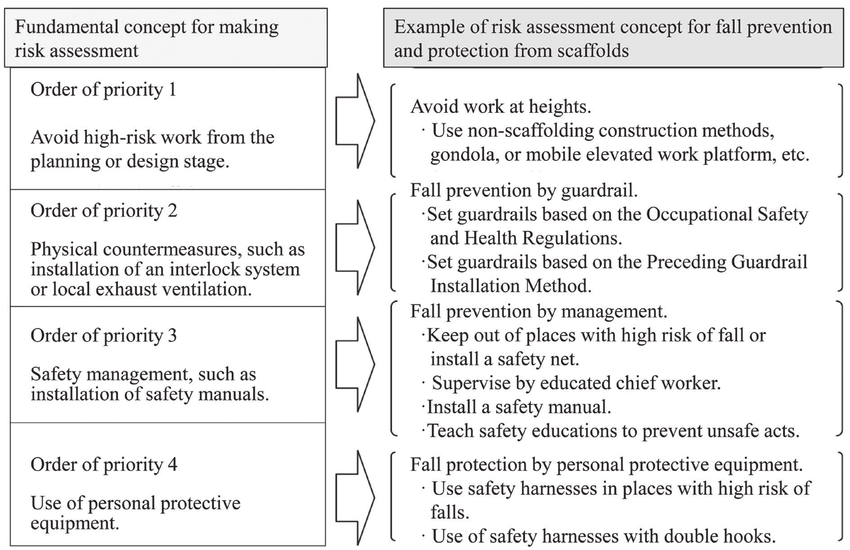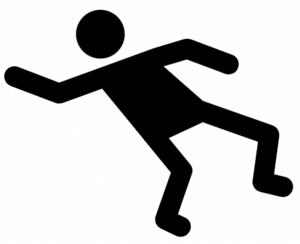Things about Dementia Fall Risk
What Does Dementia Fall Risk Do?
Table of ContentsThe Best Strategy To Use For Dementia Fall RiskMore About Dementia Fall RiskHow Dementia Fall Risk can Save You Time, Stress, and Money.Getting The Dementia Fall Risk To WorkThe Definitive Guide for Dementia Fall Risk
In the area, insufficient road lights or unprotected creeks and garbage dumps might likewise cause crashes. Falls Danger Analysis Device (FRAT) is a 4-item falls-risk testing tool for sub-acute and household treatment. The FRAT has three areas: drop danger condition, threat factor checklist, and activity plan. A Fall Threat Status consists of data regarding background of recent drops, medicines, mental and cognitive status of the individual.If the individual scores on a danger factor, the equivalent number of points are counted to the client's fall threat rating in the box to the much appropriate. If a patient's autumn danger rating completes five or higher, the individual is at high danger for drops. If the individual ratings just 4 factors or lower, they are still at some danger of dropping, and the nurse ought to use their ideal clinical analysis to take care of all fall threat elements as part of an all natural treatment plan.
These common approaches, generally, help develop a secure setting that reduces unintentional drops and delineates core safety nets for all clients. Indicators are essential for people at risk for falls. Healthcare companies require to acknowledge who has the condition, for they are responsible for carrying out actions to promote individual safety and security and stop drops.
Dementia Fall Risk Fundamentals Explained
Wristbands should consist of the individual's last and very first name, day of birth, and NHS number in the UK. Details need to be printed/written in black versus a white history. Only red shade should be utilized to indicate special individual condition. These suggestions are regular with current growths in patient identification (Sevdalis et al., 2009).
Things that are as well far may require the client to connect or ambulate needlessly and can potentially be a risk or contribute to falls. Helps avoid the patient from going out of bed with no assistance. Nurses react to fallers' phone call lights quicker than they do to lights started by non-fallers.
Aesthetic impairment can greatly trigger falls. Hip pads, when put on appropriately, may lower a hip crack when loss happens. Maintaining the beds closer to the flooring decreases the threat of drops and major injury. Putting the mattress on the floor significantly minimizes fall threat in some health care setups. Reduced beds are developed to decrease the range a person falls after moving out of bed.
Fascination About Dementia Fall Risk
People who are tall and with weak leg muscle mass that attempt to remain on the bed from a standing placement are likely to drop onto the bed since it's too reduced for them to reduce themselves safely. Also, if a tall client attempts to obtain up from a reduced bed without support, the patient is likely to drop back down onto the bed or miss the bed and fall onto the flooring.
They're made to promote timely rescue, not to avoid falls from bed. Apart from bed alarm systems, increased guidance for risky patients additionally may help stop drops.

Patients with an evasion stride increase autumn opportunities dramatically. To lower loss danger, shoes ought to be with right here a little to no heel, slim soles with slip-resistant walk, and sustain the ankle joints. Recommend patient to utilize nonskid socks to stop the feet from sliding upon standing. Nonetheless, urge people to use proper, well-fitting shoesnot nonskid socks for motion.
Examine This Report about Dementia Fall Risk
People, specifically older grownups, have actually decreased visual capacity. Lights an unfamiliar setting assists increase presence if the individual need to stand up in the evening. In a research, homes with sufficient lights report fewer falls (Ramulu et al., 2021). Renovation in lights other in your home might reduce fall rates in older grownups (Dementia Fall Risk). Using stride belts by all healthcare companies can advertise safety and security when assisting clients with transfers from bed to chair.

Sitters work for guaranteeing a secure, protected, and risk-free setting. However, research studies showed really low-certainty evidence that sitters lower loss risk in severe treatment medical facilities and just moderate-certainty that alternatives like video tracking can lower caretaker usage without boosting autumn risk, recommending that caretakers are not as useful as originally thought (Greely et al., 2020).
The Main Principles Of Dementia Fall Risk

Increased physical conditioning decreases the threat for falls and limits injury that is sustained when autumn takes place. Land and water-based workout programs might be in a similar way beneficial on equilibrium and gait and consequently reduce the danger for drops. Water exercise might add a positive advantage on equilibrium and gait for women 65 years and older.
Chair Surge Workout is a simple sit-to-stand exercise that helps strengthen the muscle mass in the upper legs and butts and improves movement and independence. The objective is to do Chair Rise workouts without using hands as the client becomes stronger. See resources area for a comprehensive direction on how to carry out Chair Surge workout.